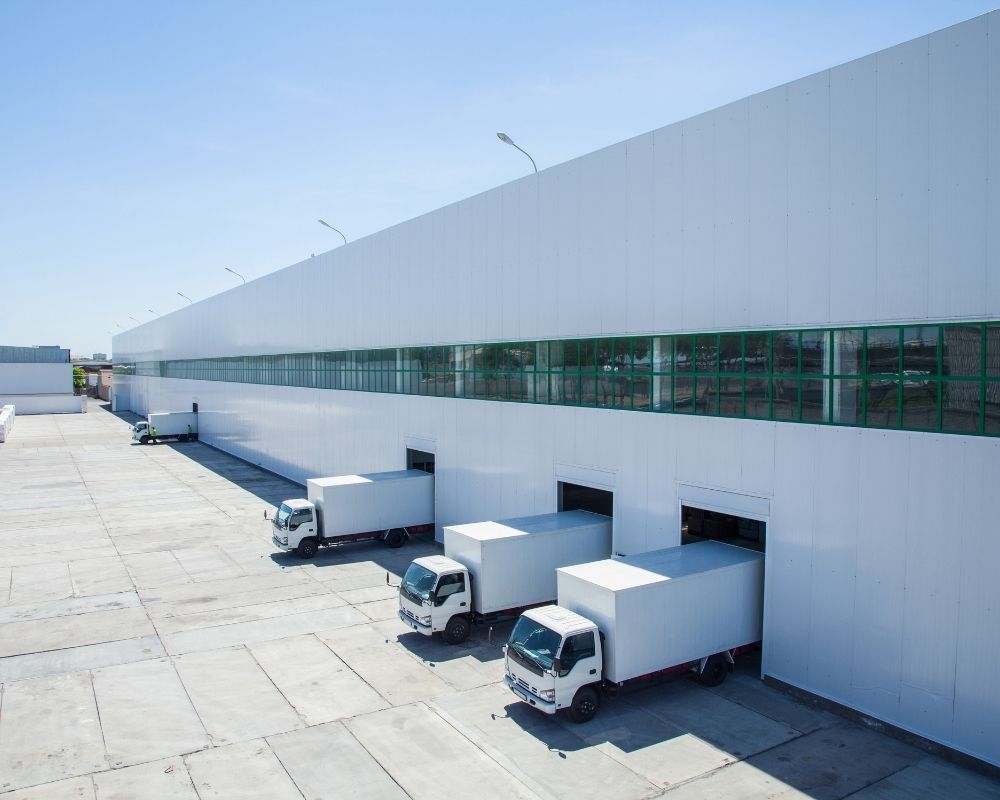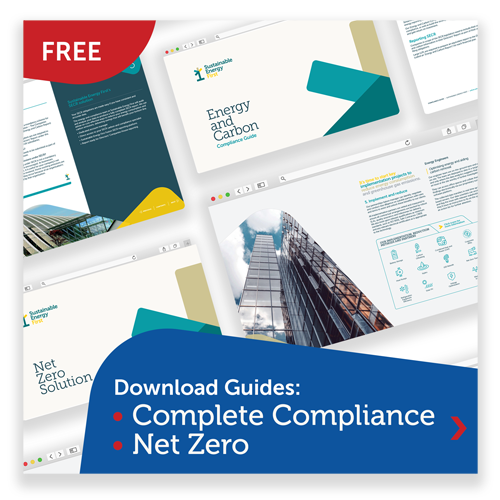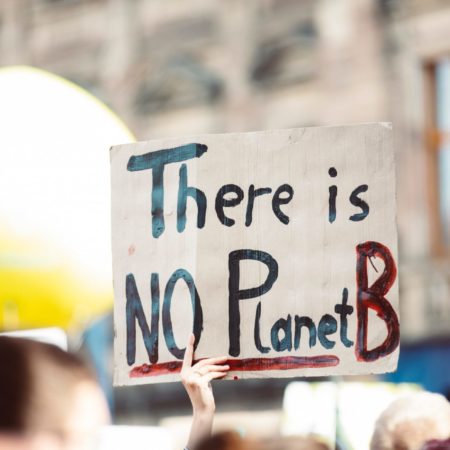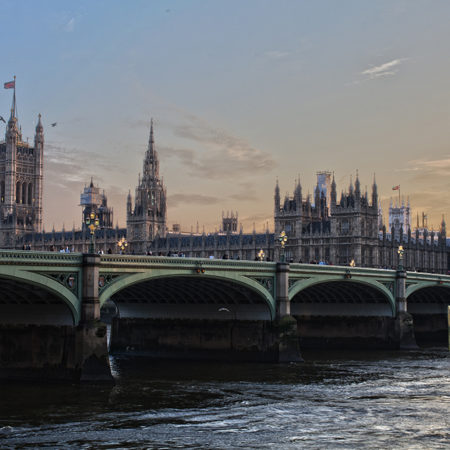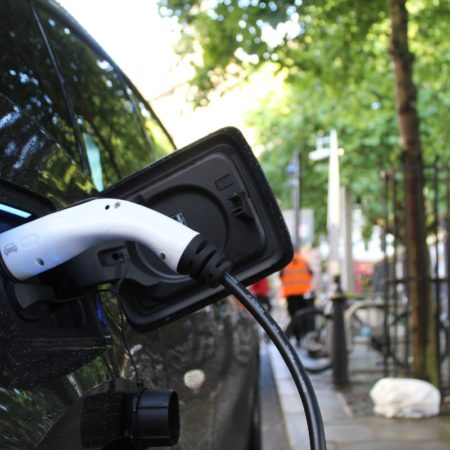Many companies are in the process of calculating their current emissions in order to know where they’re starting from on the journey to net zero. Perhaps you have calculated all the emissions from your on-site activities, plus all the indirect emissions related to your company’s energy use, and then come up with a figure. Getting to net zero might seem like a challenge, but at least you now have a baseline for your future reductions. But what if it turned out that the figure you’re using represents only a fraction of your company’s true greenhouse gas emissions?
Scope 1 and Scope 2 emissions
When it comes to mapping your company’s true climate impact, many businesses look at the tip of the iceberg, potentially ignoring the bulk of their emissions. The focus up to now has been on Scope 1 emissions (those directly produced by sources you own or control, such as an on-site incinerator or boiler) and Scope 2 emissions (those produced by the energy you buy from suppliers). These are significant sources of greenhouse emissions, but many companies will find that most of their emissions are in the category of Scope 3: value chain emissions.
Scope 3 – value chain emissions
Scope 3 emissions come from sources connected to your business, rather than being generated by your business directly. Internationally recognised standard the Greenhouse Gas Protocol defines two main types of Scope 3 emissions: upstream and downstream. (These are then divided into 15 further categories.)
So, for example, the emissions that come from manufacturing the machines used in your company’s factories would count as upstream Scope 3 emissions, while emissions from the distribution of your products might count as part of your downstream Scope 3 emissions.
The rules around carbon reporting, such as the Streamlined Energy and Carbon Reporting (SECR) guidelines, have focused on Scope 1 and Scope 2 up to now. (So far, only one of the 15 categories of Scope 3 emissions is liable for compulsory reporting: business travel.) This gives the misleading impression that Scope 3 may not be as important as the other two scopes. The reality is that many organisations will find that the lion’s share of their emissions come under Scope 3.
When Cambridge University first explored the different scopes of its own emissions, it found that roughly 8% of its emissions were Scope 1, 22% were Scope 2 and 70% were Scope 3.
This is not unusual; Scope 3 emissions often account for the biggest chunk of an organisation’s total inventory. Any credible net zero strategy will have to take value chain emissions into account.
Science-based targets and scope 3 emissions
If your company intends to set a science-based target for its emissions reduction, it is compulsory to include your value chain emissions if they represent over 40% of your total emissions. This will be the case for most large businesses – in fact, they’re likely to be over 80% – but you can’t be sure of this without doing the calculations for your specific company.
This means that any organisation wanting to set a science-based target will have to gather the data on value chain emissions. That usually involves a complex exercise that identifies all the emissions sources in your company’s value chain, both upstream and downstream.
Scope 3 and double counting
At the start of the mapping process, many businesses are concerned about the risk of “double counting”: what if you accidentally count emissions that another organisation, or another part of your own business, has already counted?
To worry about the former problem is to misunderstand the nature of Scope 3. Recent guidance from the CDP (formerly the Carbon Disclosure Project) for the coal mining industry explains the issue: “It should be acknowledged that double counting between companies is an inherent characteristic of Scope 3 emissions. This is because Scope 3 emissions occur outside of the company boundary and, thus, inside the boundary (Scope 1) of other emitting entities or companies.” In other words, your organisation’s Scope 3 emissions will always be someone else’s Scope 1 or 2 emissions; that is the nature of a value chain.

Of course, it is possible for two organisations to claim the same emissions in their Scope 3 category – for example, if a supplier and retailer both take responsibility for the emissions of the third-party company that distributes goods between them. The only consequence of double-counting between organisations is that potentially two or more organisations take responsibility for the same emissions and strive to bring them down. This is a much less serious risk than the possibility of an organisation ignoring emissions it is solely responsible for.
However, the possibility of double-counting emissions within your own organisation is a risk to be avoided, because you want your net zero strategy to be based on the most accurate possible baseline. For example, if a coal company uses a significant amount of the coal it produces for its own power generation, these could end up being double-counted as Scope 1 and Scope 3, if it gives gross production figures in its Scope 3 reporting rather than subtracting the amount that is for its own use. Getting expert help with the Scope 3 mapping exercise can give you peace of mind that all emissions are being reported in the most accurate way and not double-counted. It will also ensure that you don’t accidentally include emissions that aren’t relevant to your business.
The benefits of tackling value chain emissions
Many businesses find that the process of identifying the emissions sources in its value chain is a useful exercise in other ways. It forces you to engage with suppliers, distributors and other stakeholders and start a conversation about emissions reduction. This often leads to better working relationships and opportunities to improve other processes.
Because Scope 3 emissions are by their nature generated by other organisations, striving to reduce them always involves making other organisations aware of their own emissions. As you work to tackle Scope 3, you may be motivating organisations in your value chain to take their own action on climate change, perhaps even formulating their own net zero strategies. Or you may realise that some of your suppliers are not going to take action in this area, so this is an opportunity to support greener businesses by switching your custom to them.
When you can’t see a way to get Scope 3 to zero
Because you don’t directly control the sources of the emissions, Scope 3 is the hardest area to get emissions down to zero, but many companies haven’t yet explored all the possible actions available to them.
- Have you communicated with suppliers, distributors and other organisations in your value chain about your net zero goals?
- When your organisation is the customer, whether that’s for raw materials or services, are you using your buying power as a lever to encourage lower-carbon processes?
- Have you redesigned your procurement process to centre your organisation’s net zero goals?
- If employee commuting and business travel are an important source of Scope 3 emissions, have you thoroughly explored ways to make these greener? For example, do you have criteria for when an in-person meeting is truly necessary? Have you set up a cycle-to-work scheme or offered to subsidise public transport use?
- If emissions from franchises are a significant part of your Scope 3, are you giving franchisees what they need to run their businesses with the lowest possible emissions?
If you’re doing everything you can to reduce Scope 3 emissions, including taking expert advice to ensure that you haven’t missed any possibilities, you will probably still find that you can’t see a realistic way to cut them to zero. Some organisations handle this by setting an ambitious target for the areas they can control (Scope 1 and Scope 2) while setting a softer target for Scope 3.
For example, last year Cambridge University became the first UK university to set a science-based target that will make it part of the effort to keep global warming below 1.5C. This involves getting Scope 1 and Scope 2 to absolute zero (not just net zero) by 2048, with the aim of hitting this target ten years early. But the university acknowledges that “we are not in a strong position with respect for Scope 3” and has set a different Scope 3 goal for now: to reducing per-capita emissions from business air travel by 25% before the 2024/25 financial year. (They are currently doing research that will inform the future development of science-based targets for Scope 3.)

Treating Scope 3 differently may be a good strategy if it means you can set an earlier, more ambitious target for Scope 1 and Scope 2. But any valid roadmap for net zero must still include Scope 3 emissions.
Carbon offsetting is one way to square the circle. It may be impossible to get Scope 3 absolute emissions to zero, but you can pay to offset them by funding projects that reduce or sequester carbon elsewhere.
Some companies are applying the offsetting concept to their own value chain, an idea called carbon insetting that is becoming increasingly popular. Rather than spending your offsetting budget on projects that have no connection to your organisation, you fund emissions reduction schemes for businesses that are connected to yours. One of the pioneers of this idea is ice-cream company Ben & Jerry’s, which has spent some of its offsetting money on equipment to help reduce emissions from the dairy farms that supply it.
Value chain emissions are almost always going to be the most challenging area of your organisation’s net zero strategy. But the process of working towards net zero Scope 3 emissions can make your business stronger in many ways.


